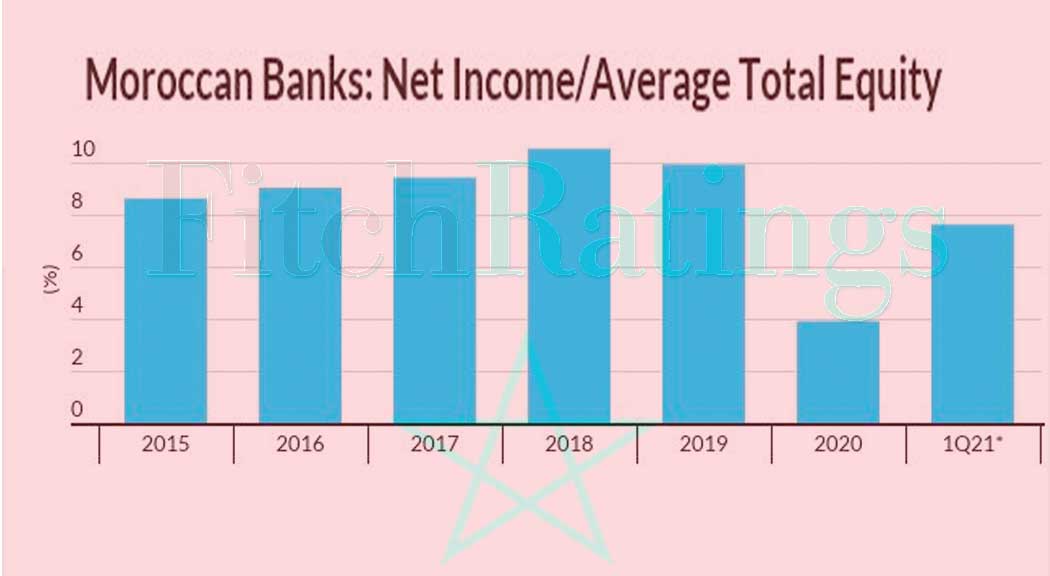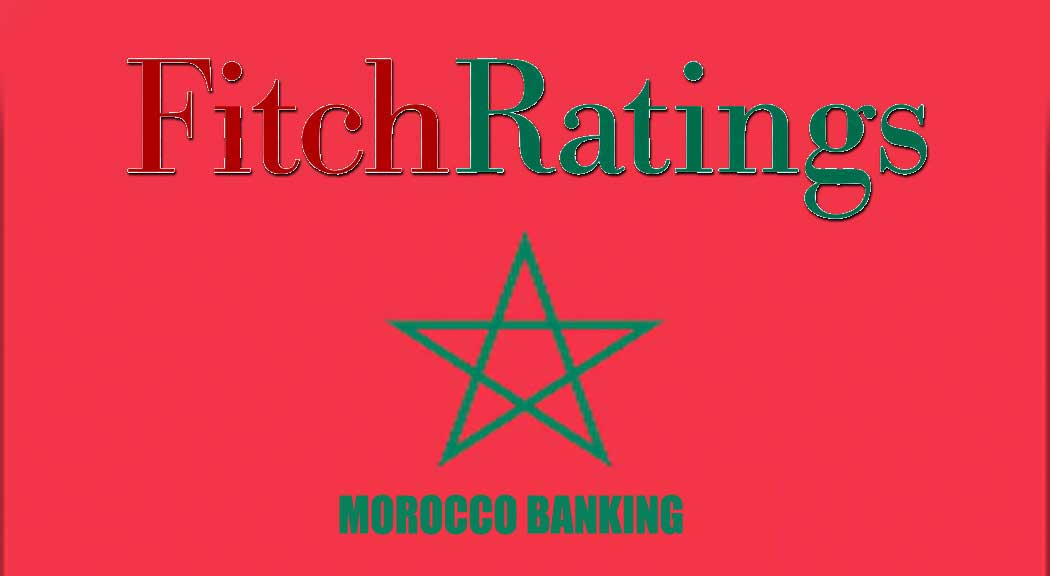Banks’ profitability in Morocco recovered strongly in the first three months of the year with aggregate net income for the seven largest Moroccan lenders up 86% yoy, Fitch Ratings said. The improvement was driven by a 28% yoy decrease in loan impairment charges (LICs) and the end of contributions to the Moroccan fund set up to deal with the Covid-19, according to the agency.
The seven banks’ LICs/pre-impairment operating profit ratio dropped to 39% in the first quarter of 2021,(2020: 62%; 2019: 25%). While Fitch expects the declining trend in LICs to continue, a return to pre-Covid-19 profitability levels is unlikely until at least 2022, “given the slow economic recovery and the still uncertain evolution of the health crisis “.
However, banks with wider geographical footprint and product diversification are more likely to return to pre-pandemic profitability quickly, owing to cross-selling capabilities and faster business growth in some of their African markets, Fitch said.
Stronger profitability in the first quarter also reflected a base effect due to banks’ contribution to Morocco’s Covid-19 relief fund in 2020. The banking sector’s contribution amounted to about MAD3.8 billion, equivalent to about 11% of its 2019 operating expenses.

Last year, private sector credit growth in the Kingdom was fuelled by the Damane Relance and Damane Oxygene instruments, two large-scale state-guaranteed loan programmes, which were deployed to support institutions and businesses weakened by the Covid-19 crisis.
Almost 50,000 companies benefited from the “Damane Oxygene” which was aimed at very small companies whose sales do not exceed MAD 10 million and whose cash flow has deteriorated due to the decline in their activity.
“Damane Relance” was used for the benefit of small, medium and large companies with a turnover of more than MAD 10 million and a guarantee rate between 80% and 90%. More than MAD60 billion (equivalent to over 5% of GDP) of loans were extended under these programmes in 2020. However, there will be no such impetus in 2021 as the bulk of the available amount has been used.
Revenues for the seven largest lenders were modestly up in the first quarter of this year, mostly owing to gains from market activities, while net interest income was slightly down.
However, further improvement could be slow, Fitch warned. The banks’ funding costs are not benefiting significantly from Morocco’s pandemic-related interest rate cuts as most funding is from current account and savings account deposits, where there is limited scope to reduce interest rates. Fitch also expects loan growth to remain modest in 2021, continuing to be a constraint on fee income generation.







